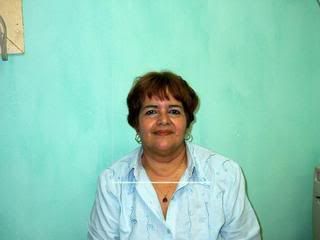Saturday, March 19, 2005
Nothing Strange about the Cuban Peso´s Revaluation
In that period of time, the country withstood the impact of world economic recession. According to the official website of the Central Bank of Cuba (BCC), the existence of a double circulation (of the US Dollar and the Cuban Peso until November, 2004 and since that date with the CUC, because USD circulation was suspended from all domestic transactions) makes monetary policy more difficult to conduct.
The goal of the BCC has always been to return to one currency, the CUP, in which salaries and most commercial transactions are carried out. A solution to this was offset by the world economic recession and its impact on the Cuban economy.
Over the last months, more exactly in the last quarter, several positive factors have developed to make the return to one-currency circulation possible. An oil deposit discovery, together with favorable agreements signed with China and Venezuela have given the island a more solvent financial situation.
In Central Bank´s terms, the money made available by the improved conditions in the countrys foreign finances can help to reduce the deficit in Cuba´s current account of the Balance of Payments, particularly in the middle and long terms, conveying a gradual increase in International Reserves to acceptable levels.
As this situation improves, so will the access to foreign credit. And contrary to what has been the experience through Latin America, it is the first time the value of national currency recovers after a nasty fall.
Double circulation was allowed in Cuba in 1993, when the country´s economy hit rock bottom in the worst crisis of its history. The US dollar had reached an informal exchange rate of 150 pesos to the dollar. As the country´s economy began edging up in 1994, so did the peso and by the end of the last decade it had stabilized at 20 pesos to the dollar.
Washington had banned Cuba from using the US currency in foreign transactions, but dollars kept coming into the country from family remittances and tourism. European banks and private companies doing business with Cuba accepted the US currency in payment, until the US Treasury Department fined the SBS of Switzerland for 100 million dollars for including Cuba in a dollar-bill exchange of the US Federal Reserve.
Persecution of Cuban exports and money transactions was heightened by the Bush administration and this determined the Cuban government to ban the dollar from circulating inside the country and to get rid gradually of its greenback reserves, which by the way, were losing its value by the day facing the euro, the yen and other hard currencies.
src="http://www.plenglish.com/pictures/fidel_palco.jpg" />
